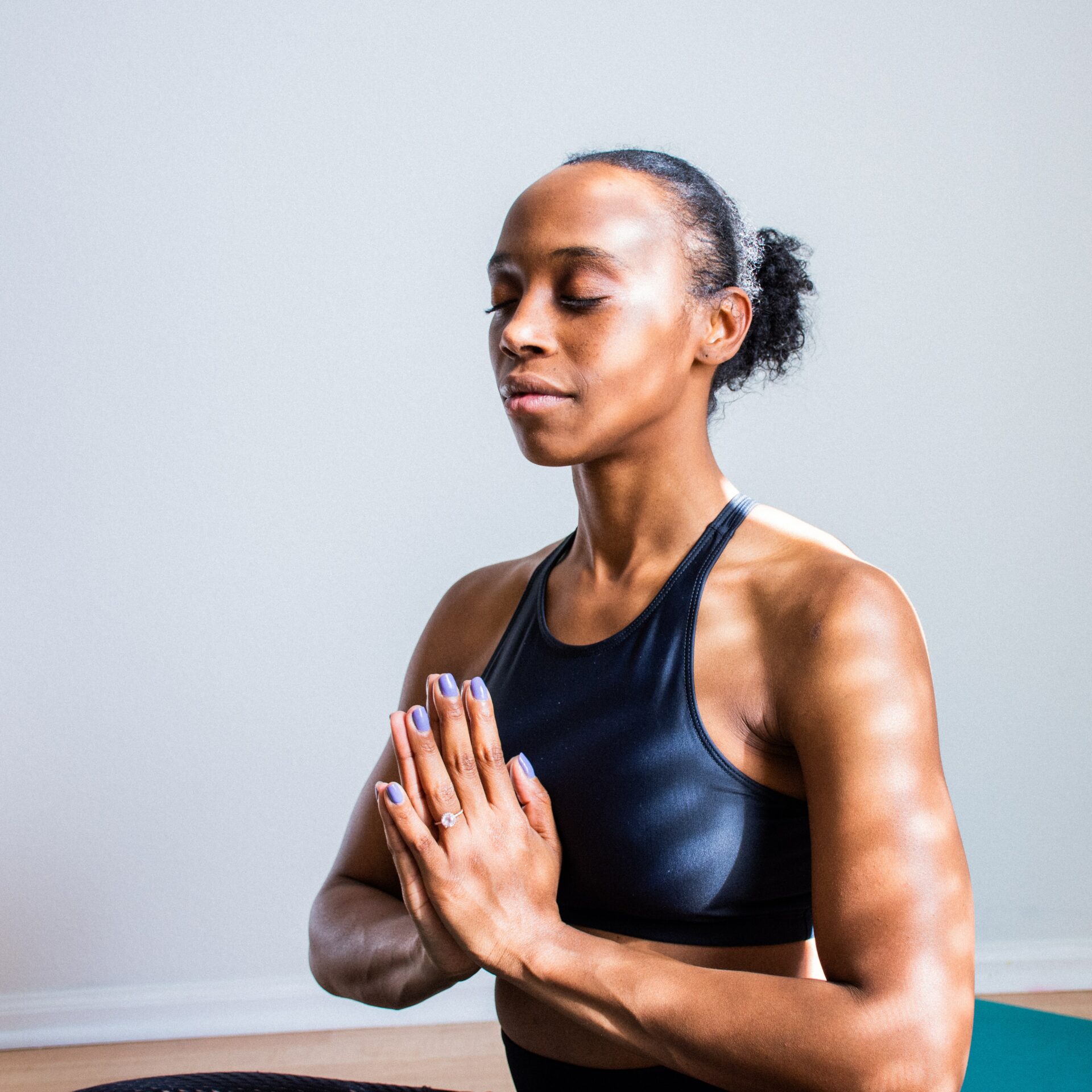How This Helps
Yoga is a lifetime of effort and practice. This article is the first, introducing you to this esoteric world.
Modern Yoga has many interpretations and connotations, but this space will focus on classical yoga as it was taught and practiced in ancient India.
For you, the reader and practitioner, this means that as you follow one article after another, you will step into a world which you will soon realize is universal, where there is no caste, creed, sex, color or religion – only good health and wisdom, a gift is given freely you mankind by the ancient Indian seers.
See: One Leg King Pigeon Pose in Yoga steps and health benefits
Instructions
You will realize that your growth is in your hands; you can pace your speed of breaking into this magnificent world, assimilate it, and slowly make it part of your life. Once it becomes part of you, it’ll never leave you and your wisdom will shine as it did in India, many millenniums ago.
What are asanas?
Asana – Overview
Citation: This blog follows the Yogacharya Sundaram school of yoga exercise routines and therapy. This format was developed by Yogacharya S. Sundaram, who started one of India’s oldest Yoga schools in Bangalore, India around 1925. These routines focus on maximizing the effect of the exercise on the relevant portion of the body at a time, are holistic, and cover all parts of the body. It is necessary to differentiate between some terminologies;
Asana – The classical definition of asana is Sthira (static) + sukham (comfortable) + asanam (seat). This means that any exercise which is called asana should keep the practitioner close to the condition of homeostasis, which is a psychosomatic state of the body remaining in balance and equanimity. Therefore, asana is a static exercise where the body movement is minimal and the focus is on holding the pose to maximize impact on a specific area of the body.
Asana, therefore, needs to comply with the following rules;
1. – It should be static, not vigorous, or dynamic.
2. – It should be easy to perform and not stressful.
3. – Is should be in one place, with minimal movement.
4. – It should contain a breathing routine.
Kriya – Dynamic exercises that increase the flexibility of the body. Surya Namaskar falls into this classification.
Banda – this is a holding exercise. This exercise is far more complex than the above two types and focuses on the smooth flow of prana in and around that area of focus. Uddyana and nauli fall into this classification.
Translation of the Sanskrit words – there is always a desire to make approximations to make the subject more appealing and less forbidding. I am trying to avoid that and will attempt to stay as close as possible to the classical aspects of the subject.
Many teachers get started with warm-up asanas and beginner asanas. Yogacharya Sundaram never really did that. He got people performing the below-mentioned asanas as soon as he could get them to flex. I think that is the right approach. Hence, I have started with the recommended asanas which need to be practiced in a normal routine, and later, I will be drifting to other asanas that have specific uses.
Yoga asanas for specific health conditions
The exercise routines recommended are:
|
No. |
Asana |
Meaning/ translation |
|
Reverse bending exercises: Focus on the stomach, intestines, liver, pancreas, and spine. |
||
|
1 |
Bhujangasana |
The Cobra Pose |
|
2 |
Shalabasana |
The Locust Pose |
|
3 |
Dhanurasana |
The Bow Pose |
|
Forward bending exercises: Focus on the lower abdomen and upper abdomen |
||
|
4 |
Pavana Muktasana |
The Air Relieving Pose |
|
5 |
Paschimotanasana |
The Torso Stretch Pose |
|
6 |
Halasana |
The Plough Pose |
|
7 |
Mayurasana |
The Peacock Pose |
|
Upper region exercises: Focus on the neck, shoulders, heart, lungs, and head. |
||
|
8 |
Sarvangasana |
The Pan body pose |
|
9 |
Matsyasana |
The Fish Pose |
|
10 |
Shirsasana |
The Head Stand |
|
11 |
Viparitha Karani |
The Chest Pose |
|
Abdominal exercises |
||
|
12 |
Arda Matsyandarasana |
The Half fish middle pose |
|
13 |
Yoga Mudra |
The Yoga seal |
|
14 |
Padahastasana |
The Hand to Toe Pose |
|
15 |
Uddiyana |
The Abdominal Suction |
|
16 |
Nauli |
The Rectus Isolation |
|
Body Reset Exercise: Coming back to the condition of homeostasis |
||
|
17 |
Shavasana |
The Corpse Pose |
Best time to practice asanas
There are two options, morning and evening.
Asanas performed in the evening are less grueling, as the body has undergone the rigors of the day and is already pliable. However, in the evening, the mind is jaded, having undergone the stresses of the da







